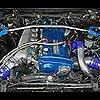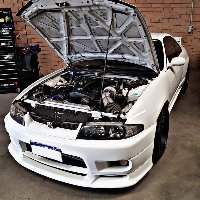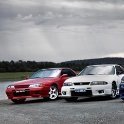Wheel sizes for performance?
Announcements
-
Similar Content
-
Latest Posts
-
Apexi SAFC - AFC 1st Generation Rare Old School JDM As you can see it all lights up in the photos and is in 100% working condition. Has been kept in storage and boxed for years there won’t be to many like this if any! Especially with all original packaging and manual. price:$650 APEXi SAFC 2 In Complete Working Condition Refer To Photos and view the video provided. Price:$500 Located Melbourne - Australia Wide Postage Available At Buyers Expense IMG_6981.mov
-
wow so i just logged back in after buying the 33 and joining SAU, And I've got all a whole bunch of you wanting to know more, well unfortunately it still doesn't run i was hoping it was seized from a snapped timing belt as i turned it over by hand and it was fine and then it did a few revolutions and jammed solid when i was running it with the key, so the timing belt is mint, I've also found a lot of the parts I'm removing have already got bolts undone or not quiet tight enough to be unsuspicious. so the plan is to find a running RB30 block and chuck my head on it. I have a habit of buying stuff I don't need or require so for my none running engine i have a forward facing plenum , Apexi power fc, 40mm Turbosmart wastegate, And for the car its self coilovers ,low seat rails and BRZ seats (black seats with red stitching i already had these and they are ADR Approved and allow rear passengers access)
-
I took apart the dash and found this strange 2 pin connector. it dosen't seem like its factory or oem, any clue on why someone would add it and where it might have been connected too?
-
By Dose Pipe Sutututu · Posted
Not mention a SS2 especially with that rear oddly small rear housing. I feel the Facebook mechanics and experts has led OP in the wrong direction. -
Won't get near 400kw, pump and injectors nowhere big enough. Bin the manifold and get off the shelf and a modern ECU.
-








Recommended Posts
Create an account or sign in to comment
You need to be a member in order to leave a comment
Create an account
Sign up for a new account in our community. It's easy!
Register a new accountSign in
Already have an account? Sign in here.
Sign In Now